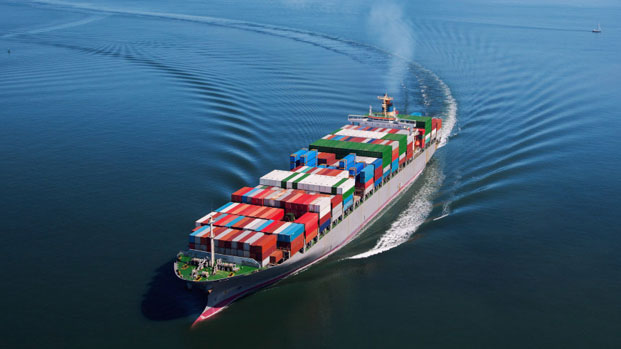+
Shipping from China to Europe involves selecting between sea, air, and rail freight based on cost, speed, and volume needs. Sea freight is economical for large shipments but slow. Air freight offers speed at a higher cost, suitable for urgent or high-value items. Rail freight strikes a balance, offering moderate speed and cost.
Choosing the right shipping method from China to Europe for your business involves balancing cost, speed, and reliability. The primary options include sea freight, air freight, and rail freight, each with distinct advantages.
Sea Freight is the most cost-effective solution for large volumes of goods. It offers considerable savings for heavy or bulky items but comes with longer transit times. This method is ideal for businesses that plan their inventory well in advance and can accommodate the slowest shipping speed.
Air Freight offers the fastest transit times and is best suited for high-value, perishable goods, or items needed urgently. However, it is significantly more expensive than sea freight, making it less suitable for heavy or low-value shipments.
Rail Freight, a middle-ground option, provides a balance between speed and cost. It’s faster than sea freight and cheaper than air freight, making it an attractive option for time-sensitive shipments that don’t require the speed of air freight.
Ultimately, the choice depends on your specific business needs, including budget constraints, shipment size, and urgency. Evaluating these factors will help you select the most efficient and cost-effective shipping method from China to Europe.
When shipping goods from China to Europe, businesses must choose between air freight and sea freight, each with its distinct advantages and considerations. Air freight including air freight door to door delivery is renowned for its speed, making it the preferred option for time-sensitive shipments. It significantly reduces transit time compared to sea freight, allowing businesses to replenish stock quickly or deliver high-value, perishable goods efficiently. However, this speed comes at a higher cost, making air freight more expensive than its maritime counterpart.
On the other hand, sea freight offers a cost-effective solution for transporting large volumes of goods. Although it has a longer transit time, it is ideal for businesses looking to minimize shipping costs on bulk shipments that are not time-sensitive. Sea freight also has a lower environmental impact, appealing to eco-conscious businesses aiming to reduce their carbon footprint.
Choosing between air and sea freight from China to Europe depends on the specific needs of the shipment, including budget constraints, shipment size, urgency, and environmental considerations. Businesses often weigh these factors carefully to decide the most suitable shipping method that aligns with their operational requirements and sustainability goals.

The shipping price from China to Europe depends on several factors, including the mode of transport from China to Europe, the time of year, cargo size, urgency, and final destination. Here's a breakdown of the estimated shipping cost from China to Europe for both less-than-container load (LCL) and full container load (FCL) shipments:
LCL (Consolidated Cargo):
Sea freight from China to Europe: $50–$100 per cubic meter
Rail freight: $3–$5 per kilogram
Air freight: $4–$8 per kilogram
Express delivery: $8–$10 per kilogram
FCL (Full Container Load):
20-foot container (Sea freight): $1,000–$2,000
40-foot container (Sea freight): $2,000–$3,000
Rail freight (FCL container): $7,000–$10,000
These prices offer a general idea of what to expect when budgeting for freight from China to Europe, though actual costs may vary.